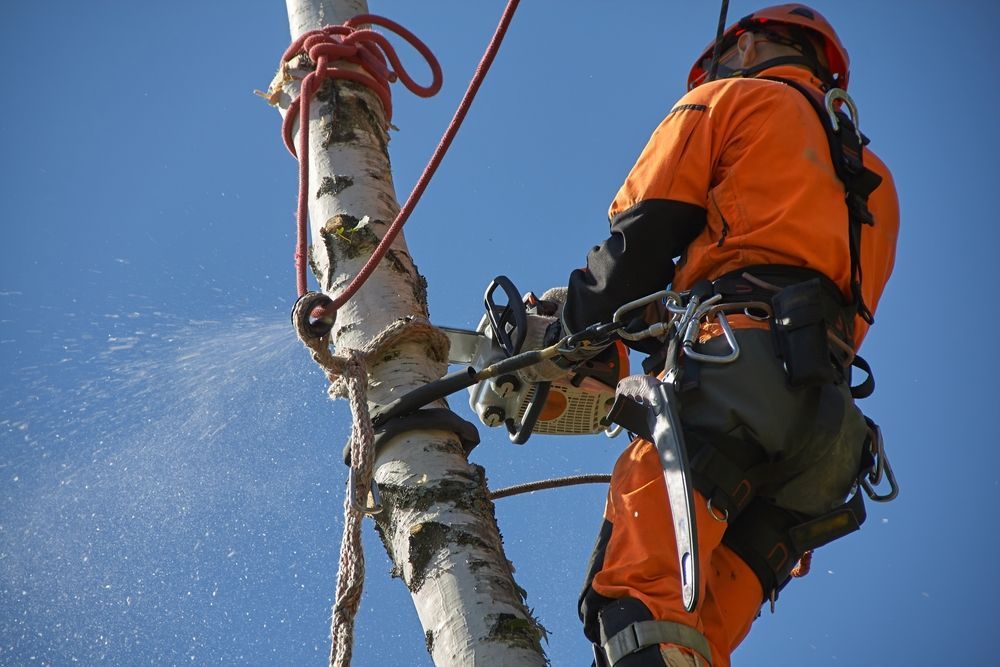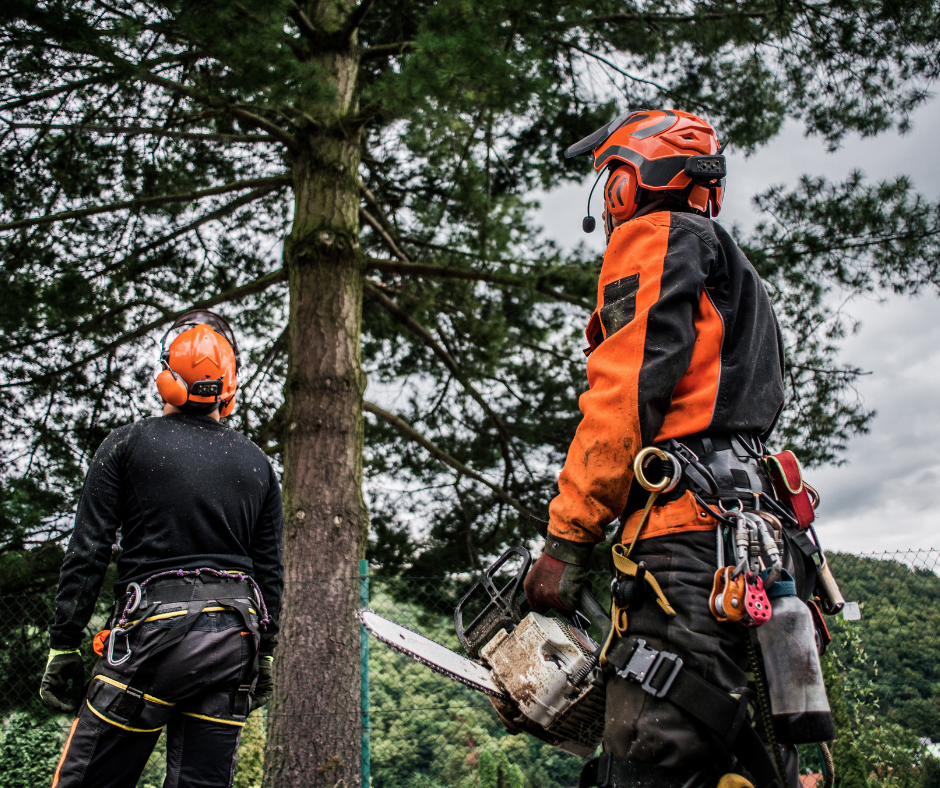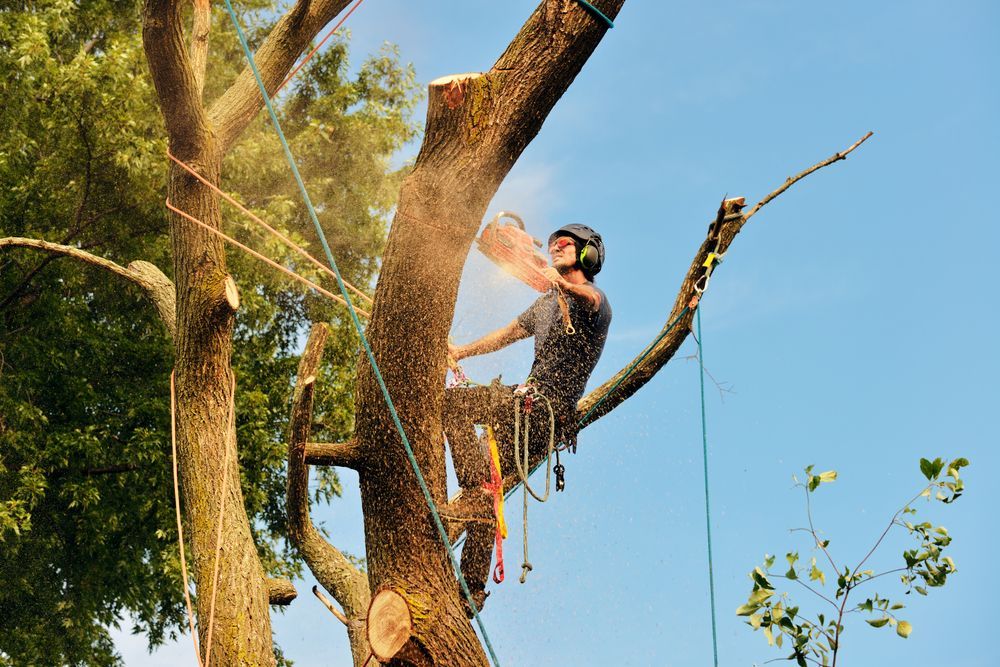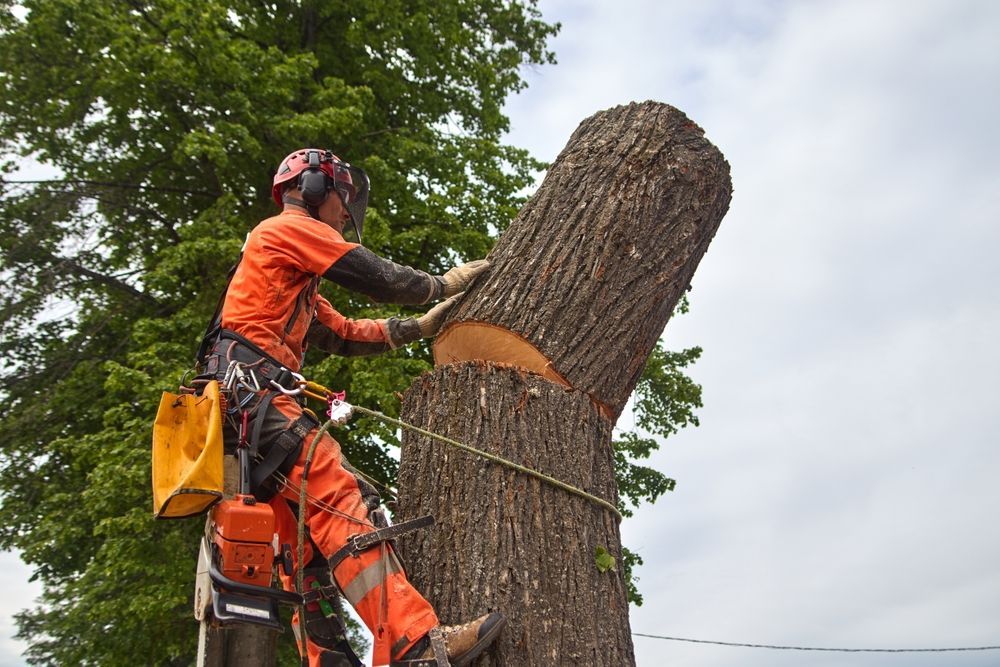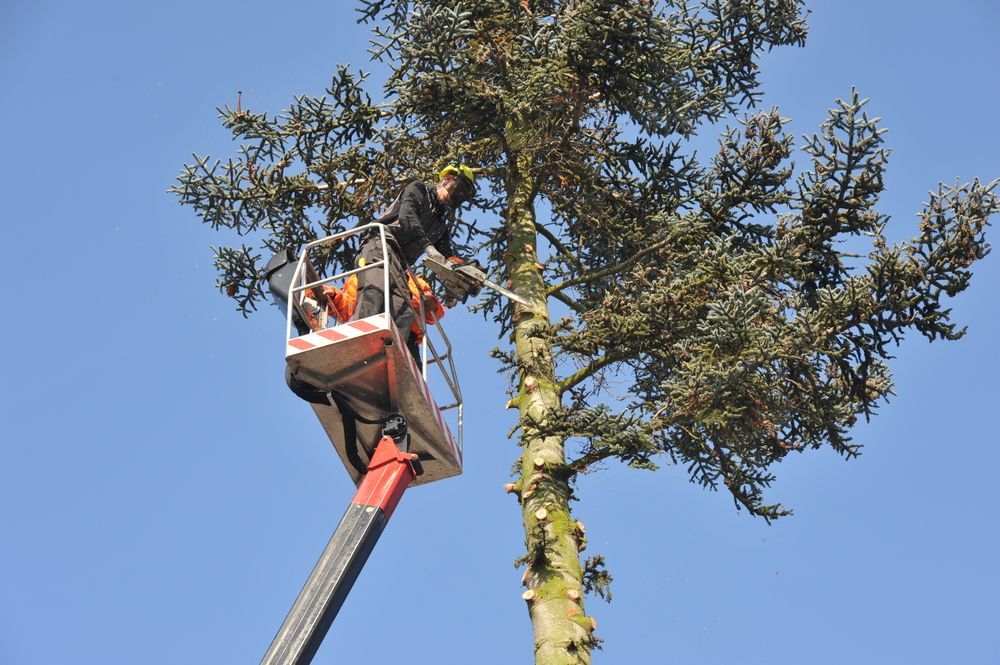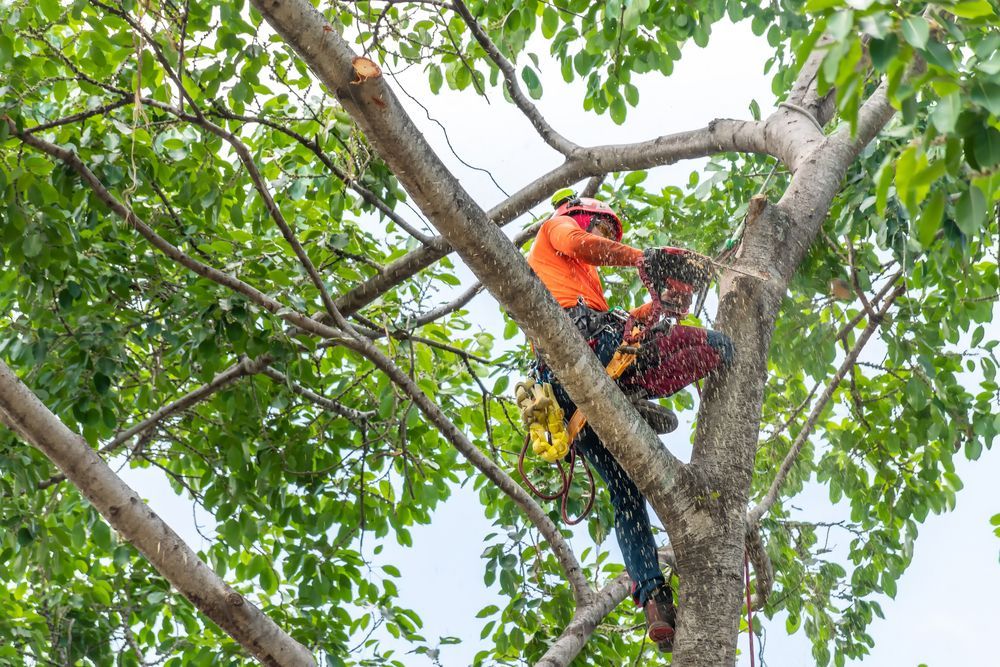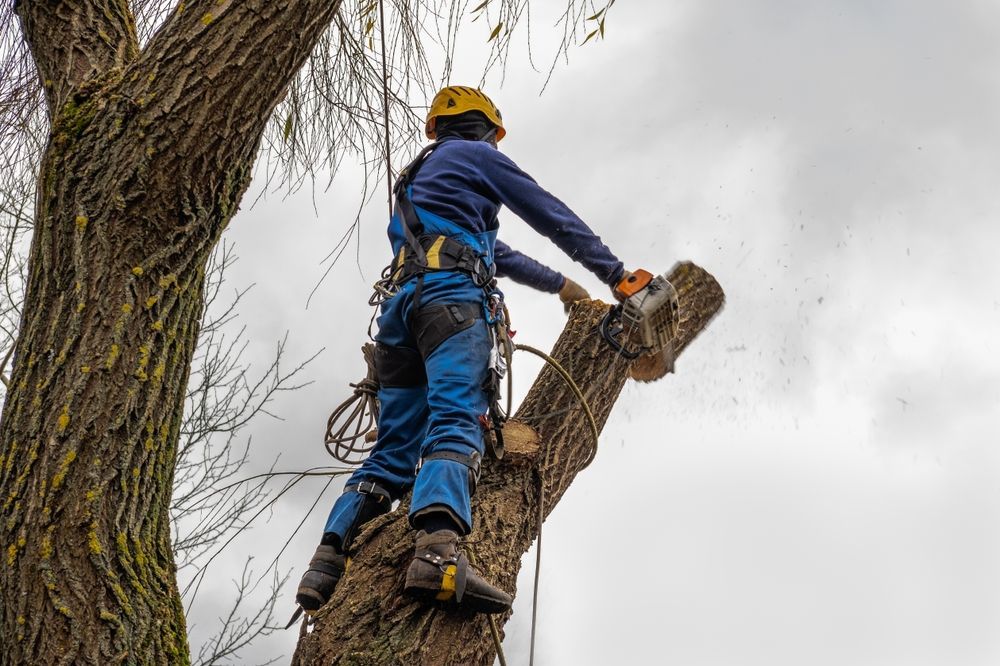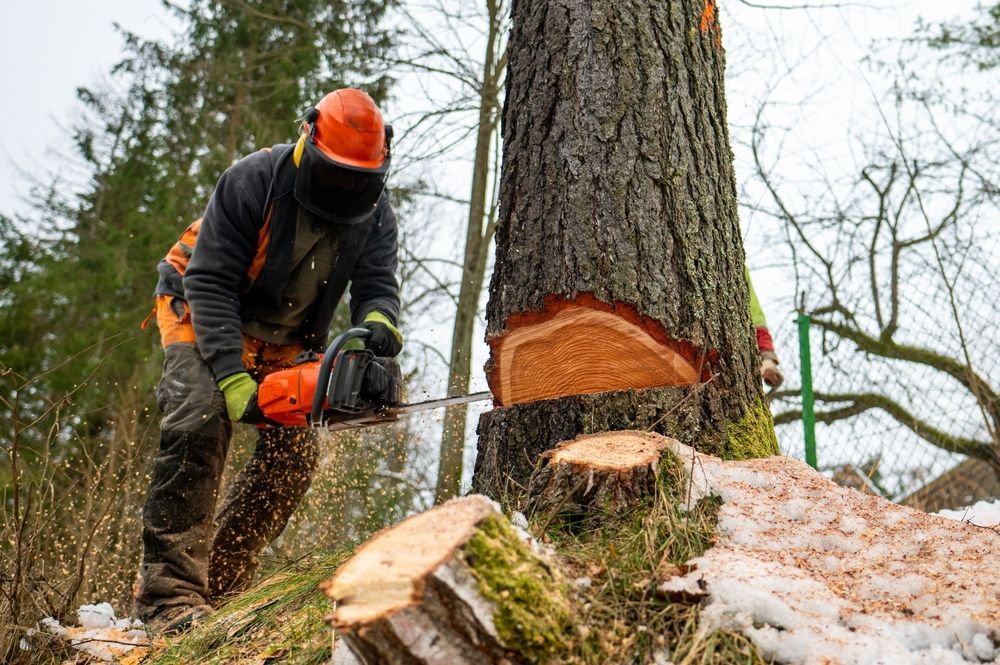How to Tell if Your Tree is Dead or Dying
Signs That Your Tree Is Dead Or Dying
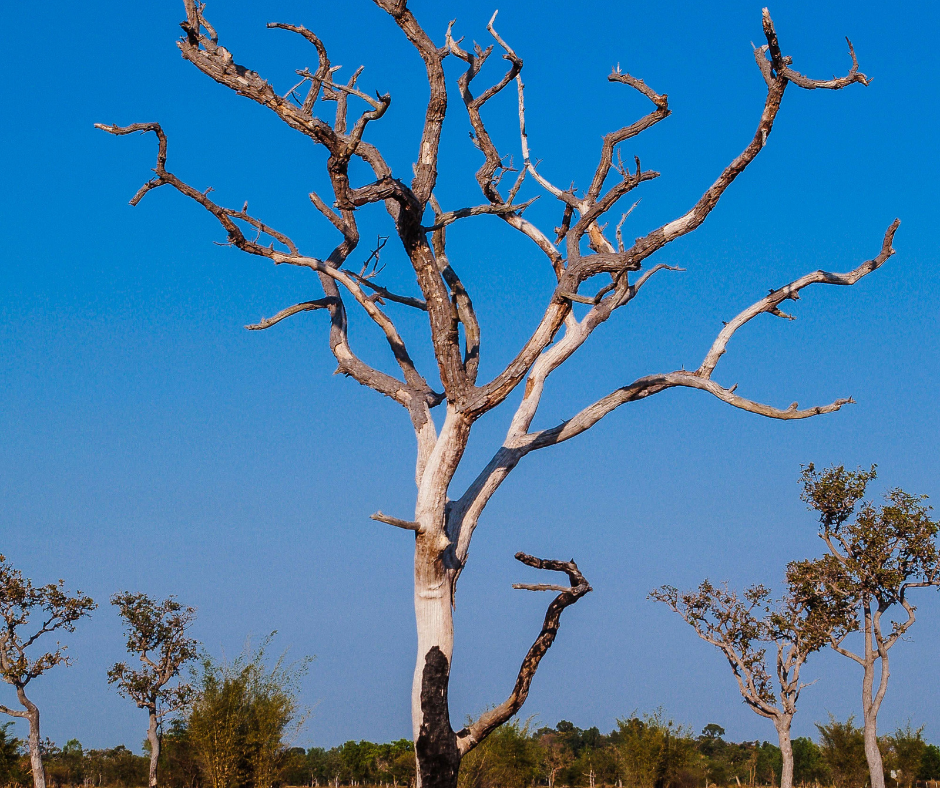
In the bustling landscape of our yards and neighborhoods, trees stand as majestic sentinels, providing shade, oxygen, and beauty. However, like any living organism, trees are susceptible to diseases, pests, and environmental stressors that can compromise their health. In this comprehensive guide, we'll explore the telltale signs of a dying tree, empowering homeowners and arborists alike to identify and address tree health issues effectively.
1. Changes in Leaves:
One of the most noticeable signs of a dying tree is changes in its leaves. Look for:
- Premature leaf drop or yellowing: Leaves that turn yellow or brown and fall off before autumn may indicate stress or disease.
- Sparse or stunted growth: Decreased foliage density or smaller-than-usual leaves could signal poor health.
- Unusual coloration: Discolored, spotted, or withered leaves may indicate nutrient deficiencies or fungal infections.
2. Bark Abnormalities:
The bark serves as the tree's protective outer layer, so any abnormalities can be cause for concern. Watch for:
- Cracks, cankers, or splits: These may indicate physical damage, disease, or pest infestation.
- Peeling or shedding bark: While shedding bark is normal for some tree species, excessive peeling may signify stress or disease.
- Presence of fungi or mold: Fungal growth on the bark suggests internal decay and should be addressed promptly.
3. Branch Issues:
Inspect the branches for signs of deterioration or decline, such as:
- Dead or brittle branches: Branches that snap easily or lack foliage are likely dead or dying.
- Wilted or drooping branches: Sagging branches may indicate water stress, disease, or root damage.
- Excessive deadwood: A buildup of dead branches or twigs within the canopy suggests declining health.
4. Root System Decline:
While not always visible, root issues can manifest above ground through the tree's symptoms. Look for:
- Reduced stability: Trees leaning or tilting unexpectedly may have compromised root systems.
- Soil heaving or cracking: Soil disturbances around the tree base could indicate root decay or displacement.
- Exposed roots or root rot: Examine the soil around the tree for decayed or decaying roots, which may appear dark, mushy, or foul-smelling.
5. Overall Tree Decline:
Consider the tree's overall appearance and behavior, including:
- Stunted growth or dieback: Failure to produce new growth or limited canopy expansion suggests underlying health issues.
- Sudden decline: Rapid deterioration in tree health, such as wilting, yellowing, or dieback, may indicate acute stress or disease.
- Pest infestations: Presence of pests like borers, aphids, or scale insects can weaken the tree and contribute to its decline.
Conclusion:
Recognising the signs of a dying tree is crucial for proactive tree care and management. By observing changes in leaves, bark, branches, roots, and overall tree health, homeowners and arborists can take timely action to address issues and preserve the vitality of their trees. Whether through pruning, fertilization, pest control, or professional intervention, nurturing our trees ensures a healthier and more vibrant urban ecosystem for generations to come. Remember for all your tree care requirements, contact the team at GDE Tree Services on 07 3027 1530
🌿🌲 #TreeCare #ProfessionalTreeLopper #GDETreeServices #brisbaneTreeLopper #TreeServicesBrisbane #treecuttingservice #treeremovalbrisbane

